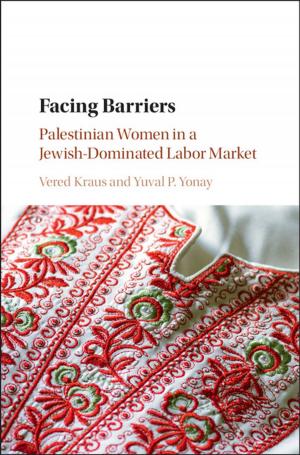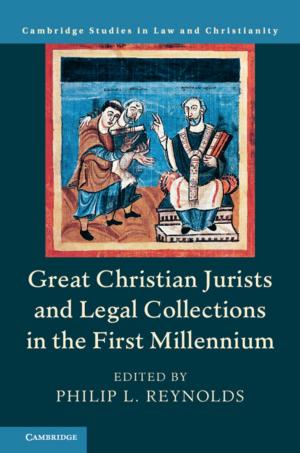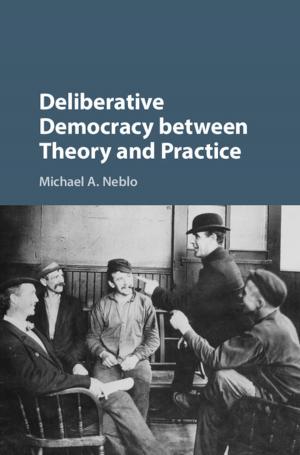Perfecting Parliament
Constitutional Reform, Liberalism, and the Rise of Western Democracy
Nonfiction, Social & Cultural Studies, Political Science, Politics, Economic Policy, Social Science, Business & Finance| Author: | Roger D. Congleton | ISBN: | 9780511851834 |
| Publisher: | Cambridge University Press | Publication: | November 1, 2010 |
| Imprint: | Cambridge University Press | Language: | English |
| Author: | Roger D. Congleton |
| ISBN: | 9780511851834 |
| Publisher: | Cambridge University Press |
| Publication: | November 1, 2010 |
| Imprint: | Cambridge University Press |
| Language: | English |
This book explains why contemporary liberal democracies are based on historical templates rather than revolutionary reforms; why the transition in Europe occurred during a relatively short period in the nineteenth century; why politically and economically powerful men and women voluntarily supported such reforms; how interests, ideas, and pre-existing institutions affected the reforms adopted; and why the countries that liberalized their political systems also produced the Industrial Revolution. The analysis is organized in three parts. The first part develops new rational choice models of (1) governance, (2) the balance of authority between parliaments and kings, (3) constitutional exchange, and (4) suffrage reform. The second part provides historical overviews and detailed constitutional histories of six important countries. The third part provides additional evidence in support of the theory, summarizes the results, contrasts the approach taken in this book with that of other scholars, and discusses methodological issues.
This book explains why contemporary liberal democracies are based on historical templates rather than revolutionary reforms; why the transition in Europe occurred during a relatively short period in the nineteenth century; why politically and economically powerful men and women voluntarily supported such reforms; how interests, ideas, and pre-existing institutions affected the reforms adopted; and why the countries that liberalized their political systems also produced the Industrial Revolution. The analysis is organized in three parts. The first part develops new rational choice models of (1) governance, (2) the balance of authority between parliaments and kings, (3) constitutional exchange, and (4) suffrage reform. The second part provides historical overviews and detailed constitutional histories of six important countries. The third part provides additional evidence in support of the theory, summarizes the results, contrasts the approach taken in this book with that of other scholars, and discusses methodological issues.















